Measurement of Light Quality and Color Temperature
Hello guys,
Everyone probably realizes that not all light bulbs are created equally. There are different types of light bulbs, you got incandescent, fluorescent and LED but did you know there are actually different types of quality of the light that is actually produced by each bulb? You can actually measure it using something called “CRI” “Color Rendering Index”, that's what I'm gonna expound on today.
Let's address the first question, How can you possibly measure the quality of light? Isn't that pretty subjective?
Well it's basically comparing the light that is produced by a particular bulb to a natural light source usually in this case, the Sun. Specifically, we're comparing how that light reflects and reveals colors it shines on to which is visible to our eyes. We usually use the Sun as a reference and it's said to have a perfect 100 CRI and you can see on the spectrum of light it produces, it's relatively smooth and there are no big spikes or anything like that.
It's also a good reference because that's the light source that our eyes evolved under, so it's probably better to use a natural light source for the better reference as opposed to an artificial one that our eyes aren't used to.
Besides the Sun, the only other light source that would really be a 100 CRI is some sort of Blackbody Radiation emitting blackbody. For example, that would just be a chunk of matter that is ideal and does not reflect any light, it's kind of a physics term but when you heat it up, it emits a certain spectrum of light at a certain color temperature based on how hot it gets. That's where you get the terms like 5500K, 6500K, it's basically referring to the color temperature that would be emitted by a ideal blackbody of matter at that temperature.
One example of a blackbody emitting light source is an Incandescent Light, it's not obviously an ideal blackbody which doesn't really exist but it's close enough and incandescent lights actually have a 100 CRI, it just uses heated up metals and you can see also on its light spectrum that it's very smooth, it's obviously not exactly like the Sun because it's more shifted towards the red and infrared but because it's so smooth that there are no spikes, it produces very good color representation.
[Incandescent light bulb]
100 is the high CRI you can get but there is really no lower limit. As a matter of fact, there are some light sources that are negative, for example low pressure sodium light bulbs are actually in the negative 40s typically that's because they really only produce one band of yellow light, it's just a big spike and it's monochrome so if you shine that at something, it's really gonna make everything look yellow which is obviously completely inaccurate.
 [6]
[6][Low pressure sodium light bulb]
The only advantage of this type of light is that it is very efficient and uses power even more efficiently than LEDs but because it produces color so poorly, you really only see low pressure sodium lights in street lamps.
Where do LEDs and Fluorescents stack up?
It really depends on the individual bulb and the manufacturer. For fluorescence, a very basic cheap one you can probably expect a CRI only of about 50 because if you look at the spectrum, fluorescents typically have a big spike in the green also in the orange so a lot of times if you use fluorescent lights for video editing (lighting), it usually casts kind of a green cue that you have to edit out later.
For LED lights, you usually see a higher CRI usually 80 or higher and that's because it really doesn't have any spikes like the fluorescents do and also, there are high CRI LEDs some claim that they can go up to the high 90s like 97 CRI so that's getting pretty close to tungsten incandescence and they're often used because they're just so power efficient that it kind of gives a good trade-off compared to the really power-hungry incandescence.
What's the point of having this measurement and why would you want a high CRI?
I already mentioned video editing but there are other places where you'd want a good light source. For example, if you have an art gallery, that's obviously very important to have good color representation because you know people want to go and see the colors used in the art so you want a high CRI light that will enable you to see what's actually on the painting.
Also, let’s say you own a clothing shop and you are selling clothes and trying to show different colored shirts to customers, you probably want to have a really good representation of the real color of that shirt so when they leave the store and go out in the sunlight, it doesn't look completely different than what they expected.
CRI isn't a perfect system and there are some cases where it's not the best measurement especially in cases where the color temperature of the light is less than 5,000 Kelvin or so. There are other color appearance models that are less popular but might be better in other situations. For example, there's one metric called TLCI (Television Lighting Consistency Index) which is specifically designed to represent how color is going to be revealed on video sensors not necessarily the human eye because video sensors obviously use a completely different method of capturing light data than the human eye.
You want that to be consistent because what you see might be completely different than what the video camera sees so there are different models that might even be more accurate than CRI but it's still the most popular.
The next time you go to buy light bulb and you see that one is way more expensive than the other, it might be that it produces better light so it's something worth checking out maybe on the box, it might tell you the CRI or at least something you can look up later or if you are doing some video work, then you probably want to go for a higher CRI or even do some research if you own a shop.
Hopefully, you guys found this article interesting and useful, if you enjoyed it, leave a reply and don’t forget to smash that upvote button below.
Have a great weekend.
References: 1 - 2 - 3 - 4 - 5
Image sources: 1 - 2 - 3 - 4 - 5 - 6 - 7 - 8


GIF made by @foundation
Thanks to @camzy for this amazing toon.


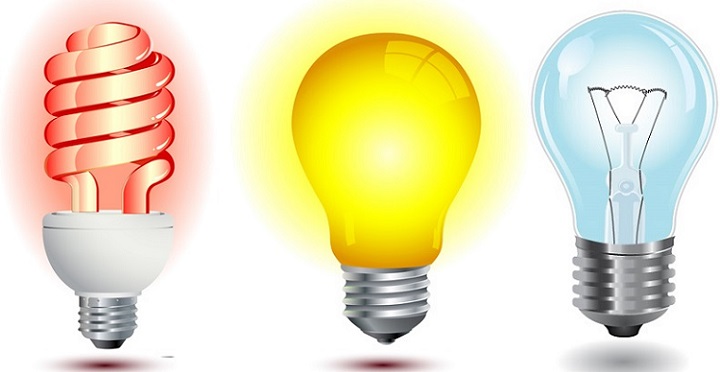
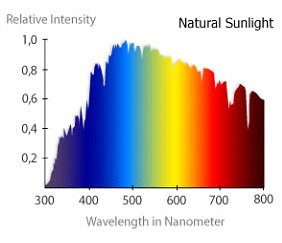
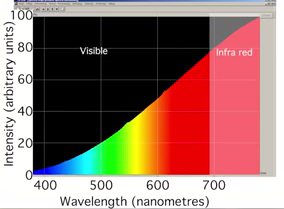
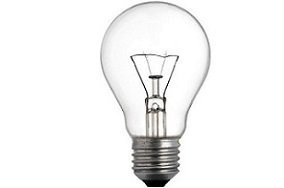
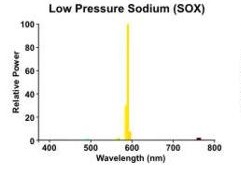
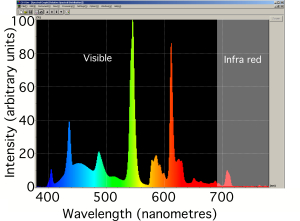
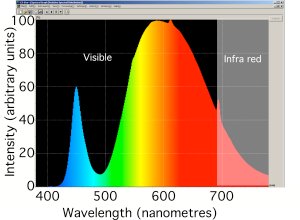
Your articles are always educating.. 👏👏👏👏
Thanks for always keeping in touch.
thumbs up for this article but I have one question in my country led lights are more famous cause the common thought is that they consume less electricity .
They're Energy-efficient and saves you electricity costs.
LEDs are also better than normal bulbs because they do not generate heat and all the energy they consume becomes light. It is a very good post I leave you a vote!
The article is educative i don't really know about bulb before but now i have a little knowledge of it thanks for sharing.
My pleasure.
Good post thus far @ememovic
I see a world figure computer scientist in the making.
Comments like this keeps me going, thanks a bunch man.
I must admit that I have never paid any real attention to the quality of the bulbs. I will check it out the next time I will buy some, for sure! :)
I'm glad you found this article useful, It's an honor. Have a blissful weekend.
Great article! Very thorough I just had a question about lighting and growing. The suns color graph has high intensity across the entire spectrum but an incandescent is only intense near red. Would they be ideal for growing plants indoors? I have heard of LEDs being used but also hear the intensity is not high enough. What do you think?
Incandescent lights are not a good choice for growing plants, because they do not provide enough of the three main components of light that plants need. Plants require light that is of sufficient quality, adequate duration and has the necessary intensity but when combined with Fluorescent lights, it'll will allow indoor plants to bloom.
Thanks for dropping by.
Excellent! Very complete article. If you need some help with some tecnical details of electricity, please follow me! We can share interesting information.